The Bully

Bullying is about power, and power is something that some children will naturally want to experiment with. Some kids may use bullying as a way to enhance their social power and protect their prestige with their peers. Some kids actually use bullying to deflect taunting and aggression that is directed toward them – a form of self-protection.
Bullies & Bystanders
Bullying rarely happens in isolation – it almost always happens in front of other kids or adults, who are called bystanders. This section will help clarify the role each play in bullying.
There are usually many reasons why a child or an adult might engage in bullying behavior, some of these might include:
- Lack of warmth and true involvement from their parents;
- Overly-permissive parenting;
- Harsh, physical discipline from their parents;
- Lack of self-confidence;
- Poor behavior modeled at home by their parents or siblings, or other adults in their lives;
- Poor behavior modeled in the community or in school by their peers;
- Attempt to gain power in reaction to being bullied by others.
Children who bully may turn into teens who sexually harass, become involved in delinquent behaviors, display gang-associated behavior, or engage in dating violence. Research shows that bullies are seven times more likely than other students to carry weapons to school. It also shows that children who acted as bullies in grades 6 to 9 are six times more likely to have a criminal record by the age of 24.
The Bystander
What is power without an audience? Currently, about 88% of bullying takes place in the presence of youth other than the bully and the victim. There are two types of bystanders – the hurtful and the helpful. Let’s quickly explain both of these:
Hurtful Bystander
Those who support the bullying by laughing, cheering, videotaping or making comments that encourage the bully. Forwarding cruel photos or texts and visiting websites that are targeting a specific youth also encourage the bully. They may also join is on the bullying once it begins. Can also be those who simply watch and say or do nothing – they give the bully the audience he/she craves, and silently allows the bully to continue with their hurtful behaviour. Even “liking” a cruel comment on a YouTube video or on Facebook is wrong – it’s just as bad as writing it.
Helpful Bystander
Those who directly intervene by discouraging the bully, defending the victim, or redirecting the situation away from bullying. May also rally support from their peers to stand up against bullying, or report the bullying to adults. This could be as simple as telling the bullying to “leave him alone” or “cut it out”.

Did you know? Bystanders can effectively stop bullying within 10 seconds of an intervention. It’s important to make sure youth know the important role they can play, and realize the power they have when they stand up for what is right and stand up for each other.
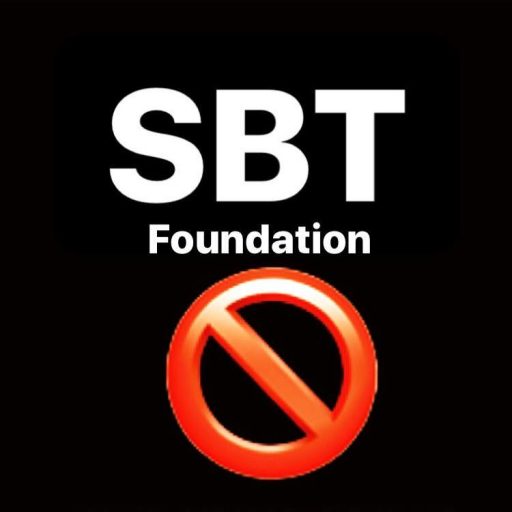
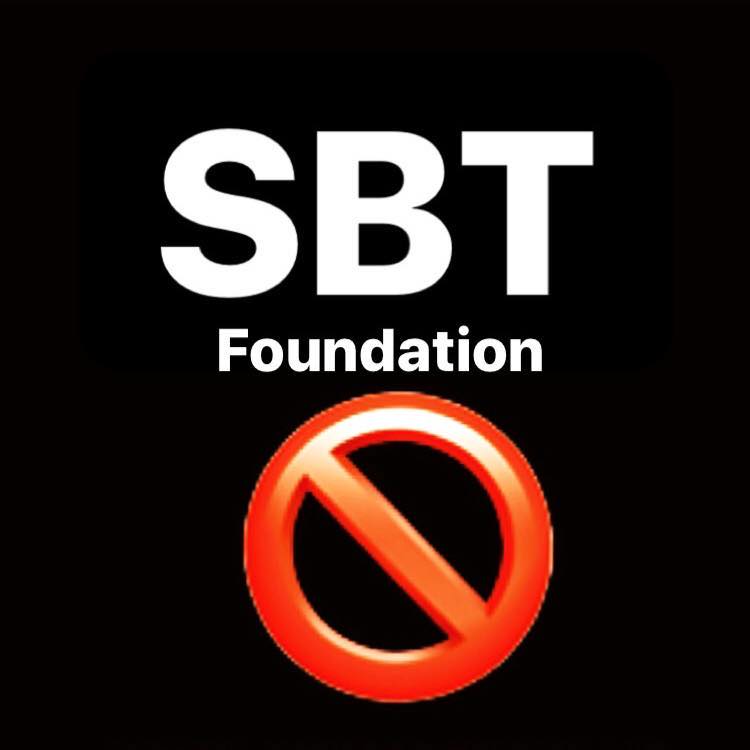
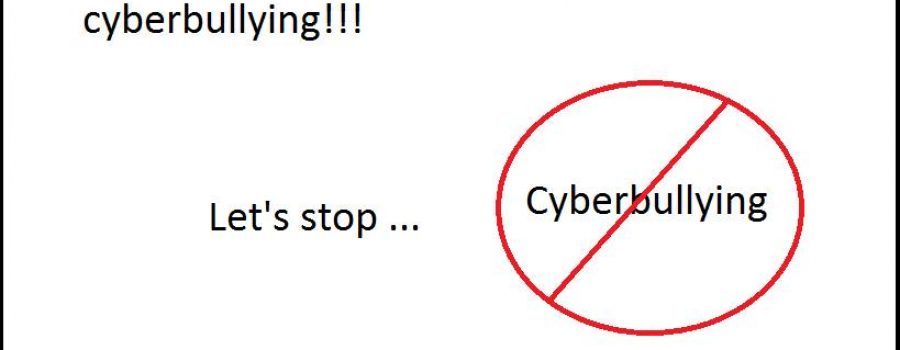
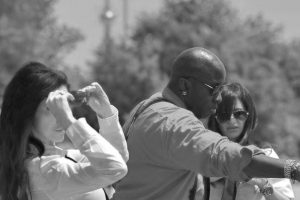
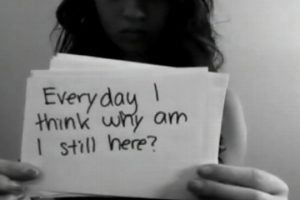
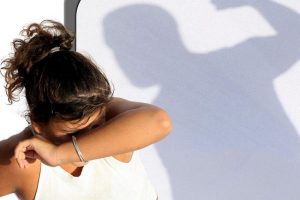
Leave a Reply
Your email is safe with us.